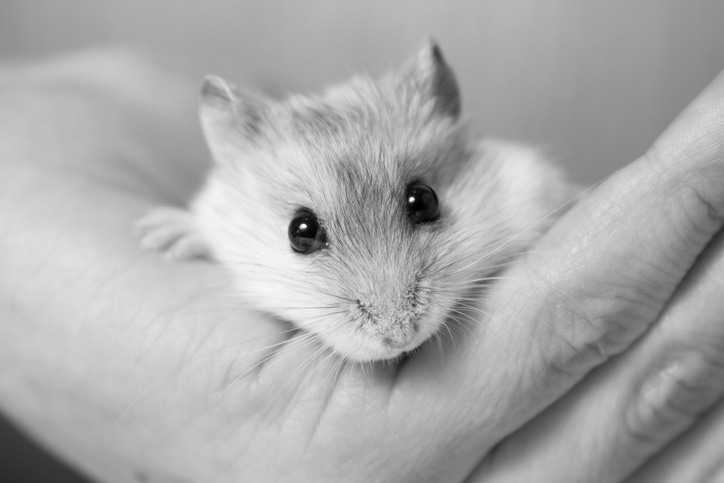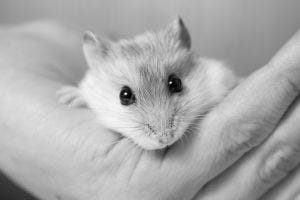Content Spotlight
Podcast: MilliporeSigma says education vital to creating unbreakable chain for sustainability
MilliporeSigma discusses the importance of people, education, and the benefits of embracing discomfort to bolster sustainability efforts.
August 17, 2020

Computational analysis and gene editing will yield CHO cells able to make protein drugs, faster and more cheaply says expert.
The ability to turn cells into protein production “factories” is the foundation of modern biopharma according to Bjørn Voldborg, director of CHO cell line development at the Technical University of Denmark.
“If you want to engineer a factory [cell line] you need to understand what machines you have in the factory. It’s the genome sequences of the CHO cells – and also the original hamster cells from which the CHO cells are derived – that give us the parts.”

Image: iStock/fantom_rd
“Then we look at how the machinery is connected together,” he told delegates at BPI Europe in July, adding bioinformatic analysis can be used to understand how protein secretion, metabolic and glycosylation pathways in CHO cells are linked.
Glycosylation is one challenge cell line development has potential to solve according to Voldborg, who said understanding how cells add sugars to proteins is vital for biopharma.
“One of the things that is a challenge when you are producing recombinant proteins from mammalian cells – and CHO cells especially – is that you have to be able to reproduce the glycol forms on your protein every single time you do a run.
“Glycosylation has a significant impact on the efficiency of your protein activity and it can have a very significant effect on immunogenicity. If you have the wrong glycans the protein may actually trigger immune responses.”
To avoid these problems Voldborg’s team – in collaboration with the Copenhagen Center for Glycomics, KTH Royal Institute of Technology and University of California San Diego – has engineered a set of CHO cells in which glycosylation can be manipulated.
Voldborg explained in traditional cell line development “you go in and you make a high titer clone and then you take some cells from the pool and then you go and purify your protein and then make a preclinical assay. There’s a lot of heterogeneity and you will not be able to see if all the glycoforms are equally active.
“In contrast, if you take our panel of [engineered] cell lines you’ll be able to produce a lot of different versions of the same protein with different glycans but very specifically. You will know which glycan is on which protein.
“And then you can screen these in your assay and get a much better idea of the optimal glycoform to move forward with,” he said, adding the cell line used to make the desired form can also be used for production.
The approach can also help firms developing synthetic versions of naturally occurring proteins as therapeutics ensure they have the correct glycosylation profile Voldborg said.
“Naturally occurring proteins in our bodies are differently glycosylated depend on the cell producing them…so if you want to use some of these proteins as a therapeutic you want to be able to make the same version because otherwise the function, the specificity and the stability will differ and you may even get immunogenic responses.”
He cited the protein alpha 1 antitrypsin (AAT) – which protects the lungs against damage resulting from excessive inflammation – as an example.
In the inherited disease alpha 1 antitrypsin deficiency patients suffer gradual loss of lung functions. Current treatment options consist of weekly infusions of AAT extracted from donated plasma. At present no recombinant version exists because industry has been unable to make the protein in the correct glycoform.
However, a protein therapeutic may soon be available according to Voldborg who said his team has used CRISPR and gene knock out to create a CHO cell able to make AAT with the right glycosylation characteristics.
Voldborg said, “We want to be able to make hard to produce proteins…we think we can make completely new protein-based drugs, unnatural proteins… proteins that cannot be made in CHO today.
“We are also looking at ways of moving from bench to pharmacy more quickly because we know what we are doing giving us the option of cheaper development and production.”
You May Also Like